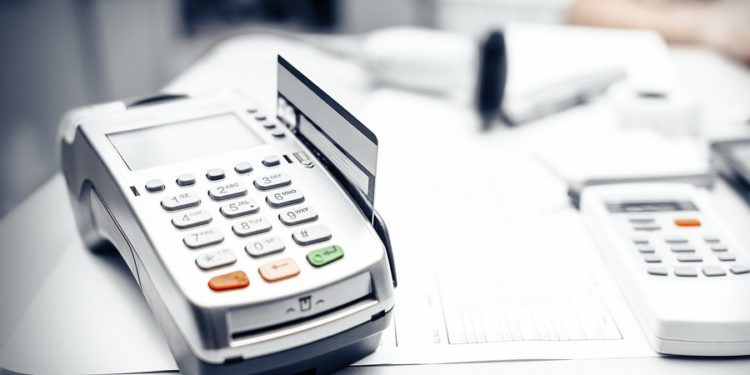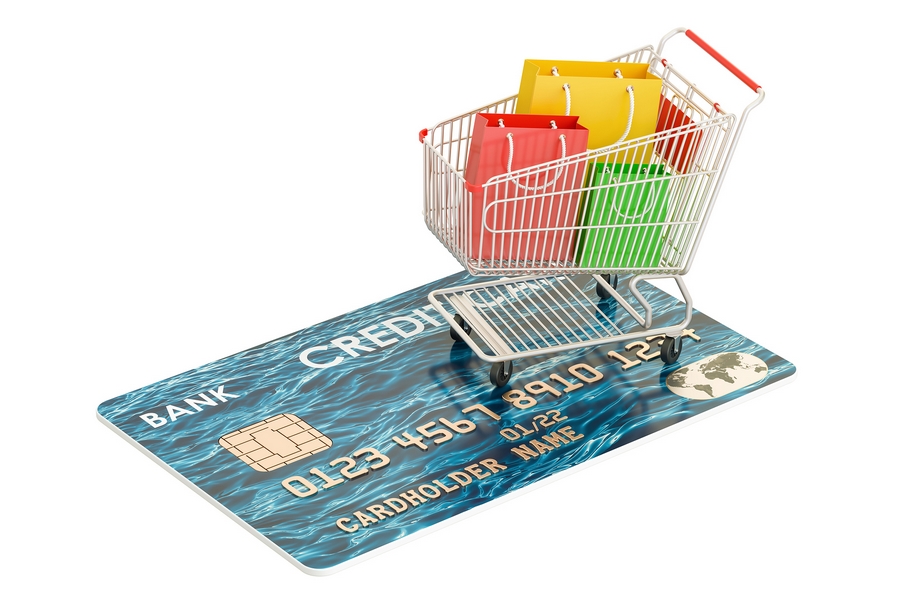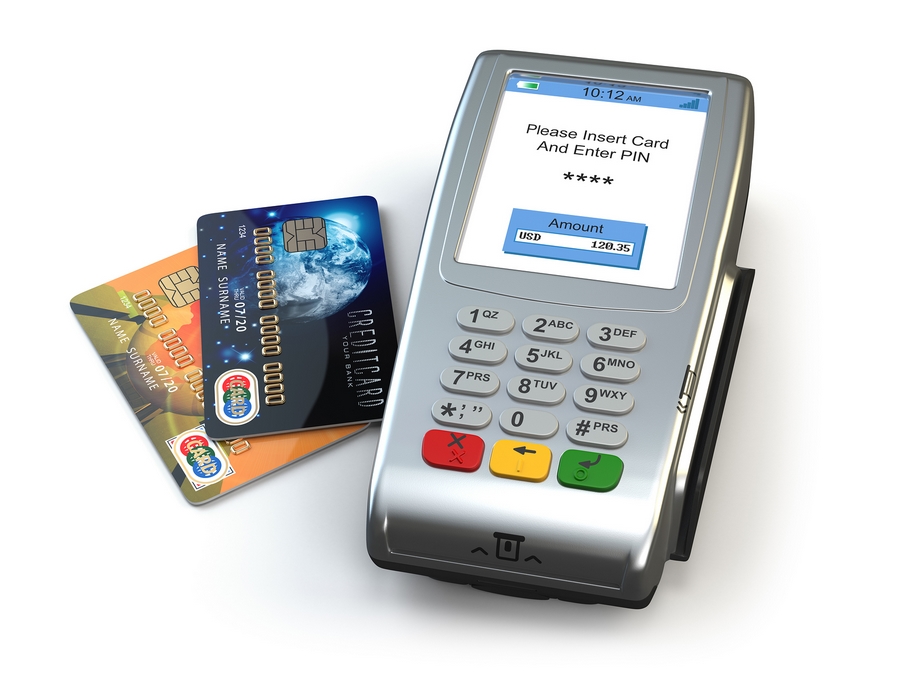7 Steps to Process Your Payment Quickly

Payment processors work by handling the financial transactions of a merchant who wants to accept online payments in the form of credit and debit cards. There are two types of payment processing companies, front-end processors and back-end processors. At the front end the processors work with card associations and supply authorization and settlement services for particular commercial clients of a bank or group of banks. On the back end, they accept settlements from front-end processors and move money from one bank to another.
All of this is done with lightning speed as someone buys a product and then enters their credit card information. In seconds this information gets zipped through the system, approved or denied, and payments transferred between multiple accounts.
Here are some common terms and definitions of the players in making payment processing work:
- The cardholder is the person making a purchase and the merchant is who you are buying from.
- The acquiring or merchant bank is a registered member of the card associations which are Visa and Mastercard.
- The issuing bank is the place where your credit account is stored and they have the responsibility to pay out on your behalf and then collect later from you.
That’s one explanation of how payment processors work. Here are some more details to make it even simpler.
Step #1: Cardholder makes an online purchase

You go online and decide that you want to pay bills or do some shopping. This could be anything from paying the cable bill to buying a new pair of shoes. You select whether to want to pay by debit or credit and provide the necessary card info and submit payment.
Step #2: Merchant sends info to payment processor
![]()
The merchant then sends the transaction details to their payment processor. They use a dedicated link that’s continually monitored around the clock to make sure that nothing interferes with the payment processing.
Step #3: Payment processor sends info to card association and then to issuing bank

In this part of the process, payment details are validated by the payment processor. They send them through the credit or debit card networks like Visa or MasterCard. Then the payments are sent to the issuing bank to be authorized.
Step #4: Issuing bank review

The issuing bank then reviews the transaction and approves or denies it based on the card status and whether the transaction is within the cardholder’s credit limit or not. If it is denied, then the transaction is cancelled and the product or service requested is not approved.
Step #5: Payment processor sends back money through the card associations to the merchant

If the payment for goods or services or utility payments gets approved, the card issuer charges the user and forwards the funds to the card associations. They also take out any fees that are involved to cover the possibility of credit risk and rewards. The card association then relays the approved status back to the payment processor, who notifies the merchant and passes on the necessary funds minus any applicable fees.
Step #6: Merchant to cardholder

You will find out online in as little as 20 to 30 seconds whether your purchase or transaction has been approved or denied. You will get a message on your computer or mobile phone. If a payment is denied, the gateway will notify you that the issuing bank did not authorize the transaction. This ends the process and you have to start over or submit a new payment method.
Step #7: Payment to merchant

The last leg in this remarkably fast process is that the payment processor sends the approved funds to the merchant’s bank account. Funds are a bit slower in this regard and it usually takes a day or two for the money to actually appear in the merchant’s account. But they do get paid and everybody is hopefully happy that the payment processing system delivered once again.


